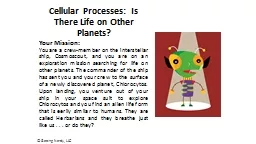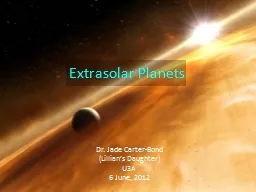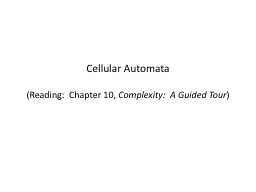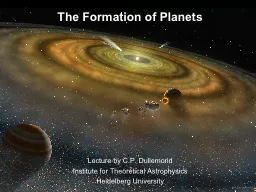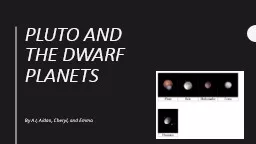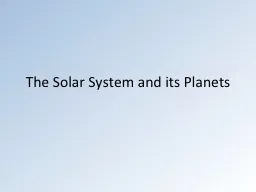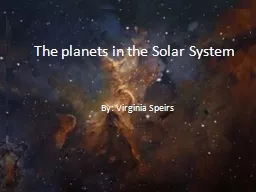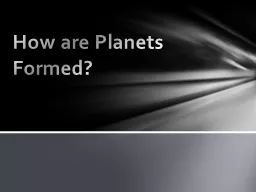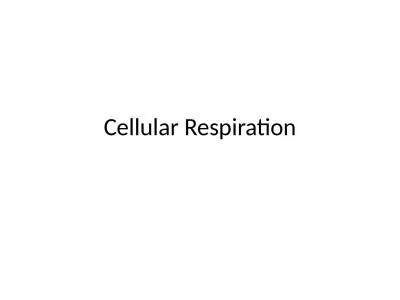PPT-Cellular Processes: Is There Life on Other Planets?
Author : test | Published Date : 2018-03-10
Your Mission You are a crewmember on the interstellar ship Cosmoscout and you are on an exploration mission searching for life on other planets The commander
Presentation Embed Code
Download Presentation
Download Presentation The PPT/PDF document "Cellular Processes: Is There Life on Ot..." is the property of its rightful owner. Permission is granted to download and print the materials on this website for personal, non-commercial use only, and to display it on your personal computer provided you do not modify the materials and that you retain all copyright notices contained in the materials. By downloading content from our website, you accept the terms of this agreement.
Cellular Processes: Is There Life on Other Planets?: Transcript
Download Rules Of Document
"Cellular Processes: Is There Life on Other Planets?"The content belongs to its owner. You may download and print it for personal use, without modification, and keep all copyright notices. By downloading, you agree to these terms.
Related Documents

